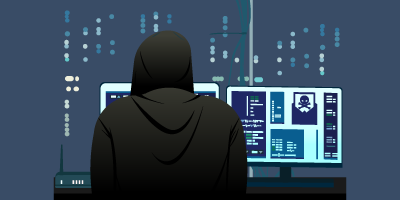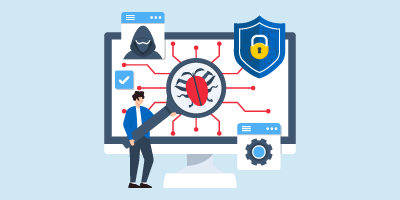The prominence of ransomware, a specific kind of malware, has been on the rise since roughly 2013. Lately however, it has become a major threat to businesses and private consumers. This particular kind of malicious software is generally downloaded to a machine by an end-user who clicked on an infected link. Once it has mounted on the user’s machine, it activates and encrypts all of the files on the device. The user then must pay a fee to release his or her files. Generally, if the user does not pay the hackers within a specified timeframe, all of the hacked user’s data will be deleted. A specific example of this is the $17,000 ransom paid by Hollywood Presbyterian Medical Center.
In this particular case, the hospital was without access to its sensitive electronic medical records system for 10 days. Though the source of the malware’s entry has not yet been discovered, there is a high likelihood that this was the result of a social engineering attack, where a hacker was able to send a phishing email to hospital employees and convince them to click a malicious link.
Related articles
Does Your Business Need a Dark Web Assessment?
In this blog post, we explore the cybersecurity risks of the dark web and why your business should conduct a dark web assessment.
Malware-Free Attacks, Shorter Breakout Time: Why You Need Adversary Simulation Testing
Insights from the CrowdStrike 2025 Global Threat Report can explain why businesses need adversary simulation testing to stay ahead of risks!
Q&A with Blackpoint: Benefits of Managed Detection & Response (MDR) for SMBs
We spoke with Nicole LaDue, Senior Partner Account Manager at Blackpoint, to discuss why MDR for SMBs is a critical security investment!




